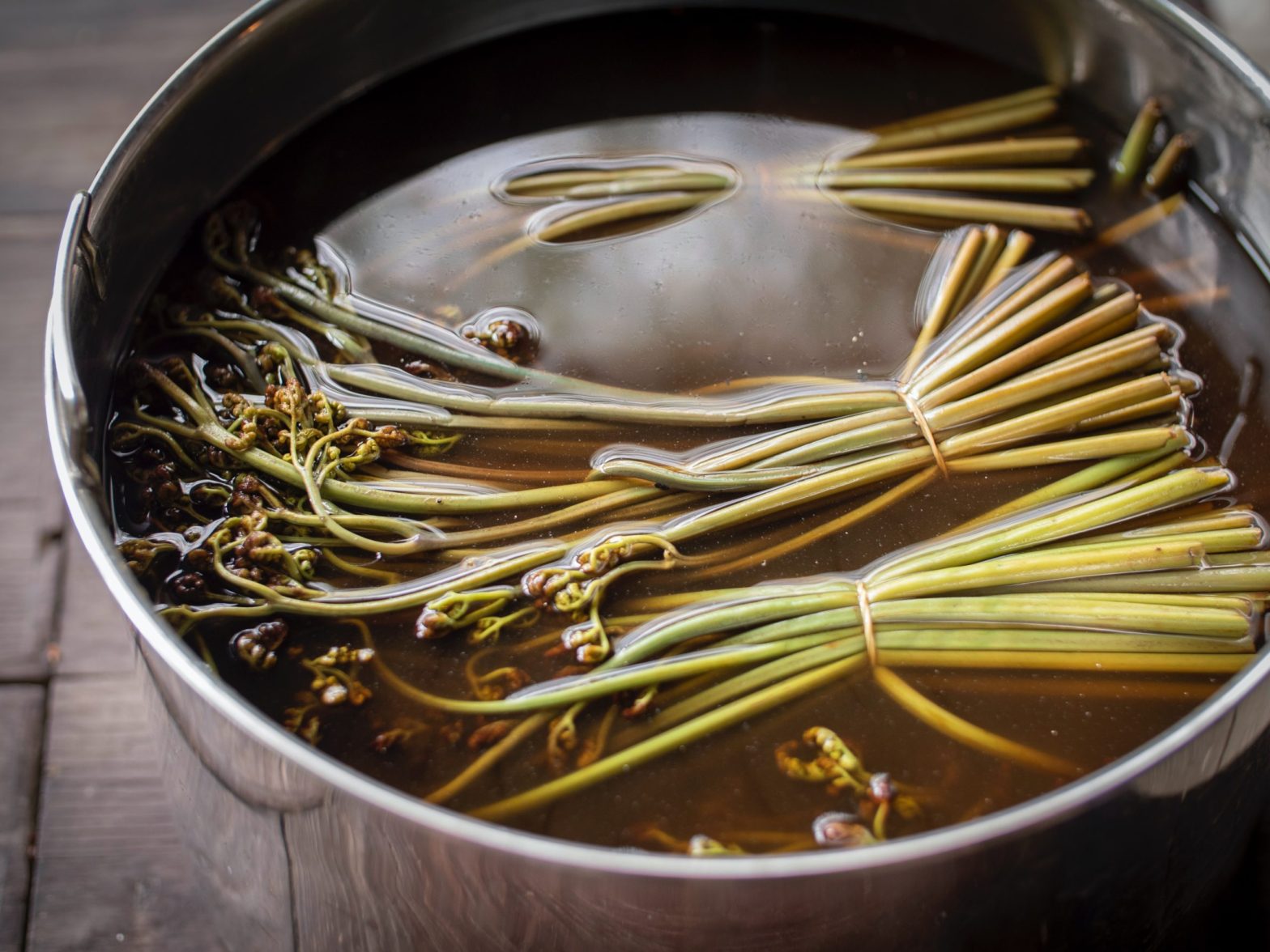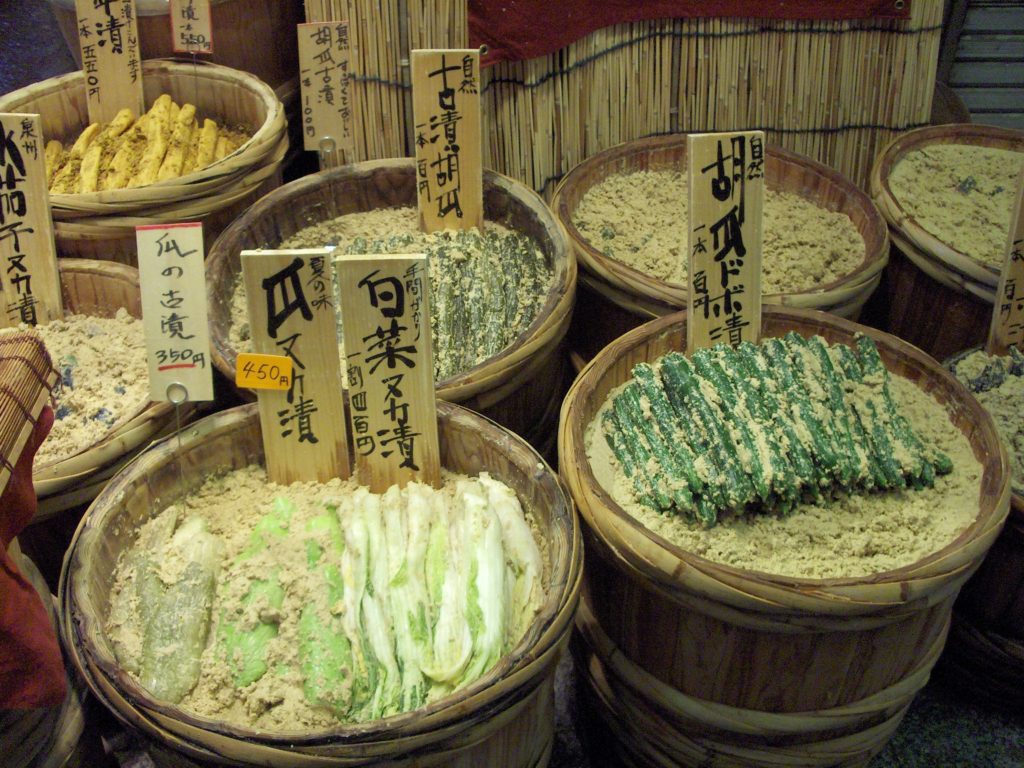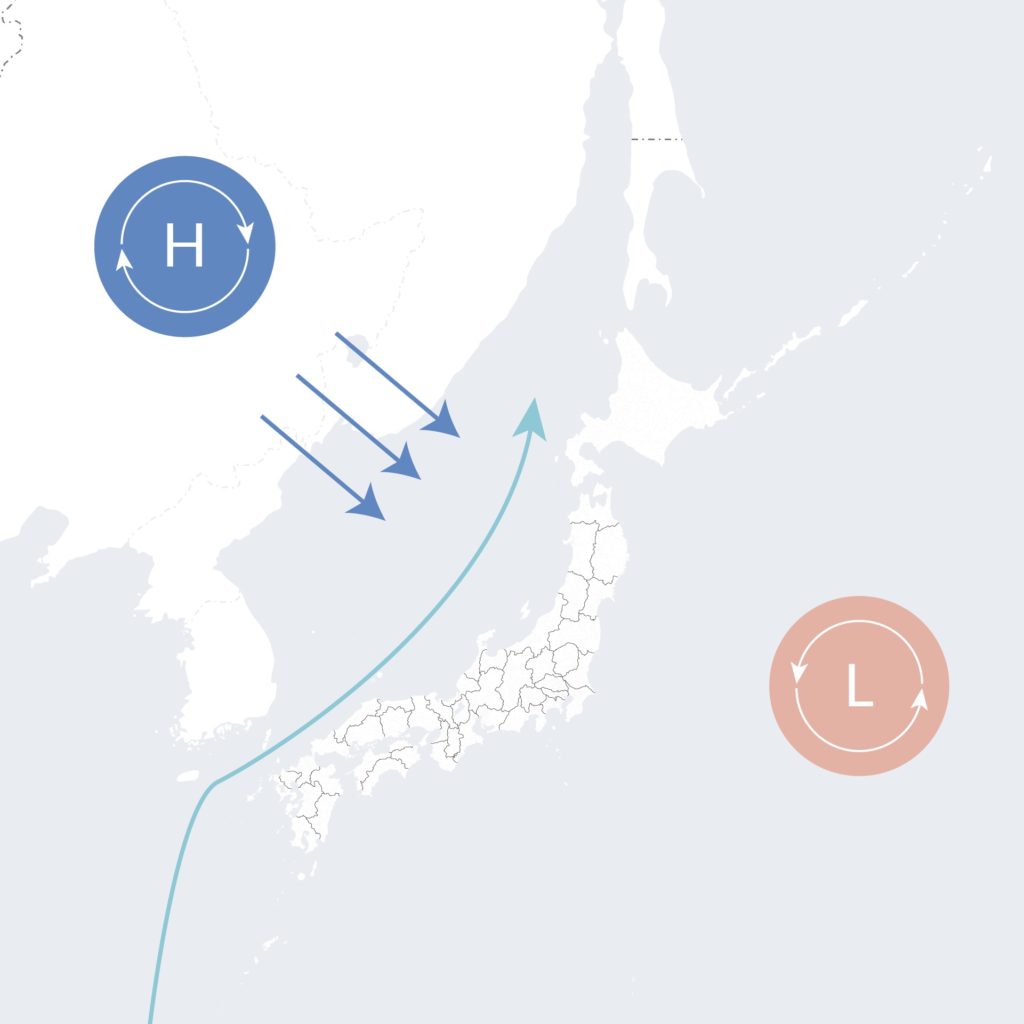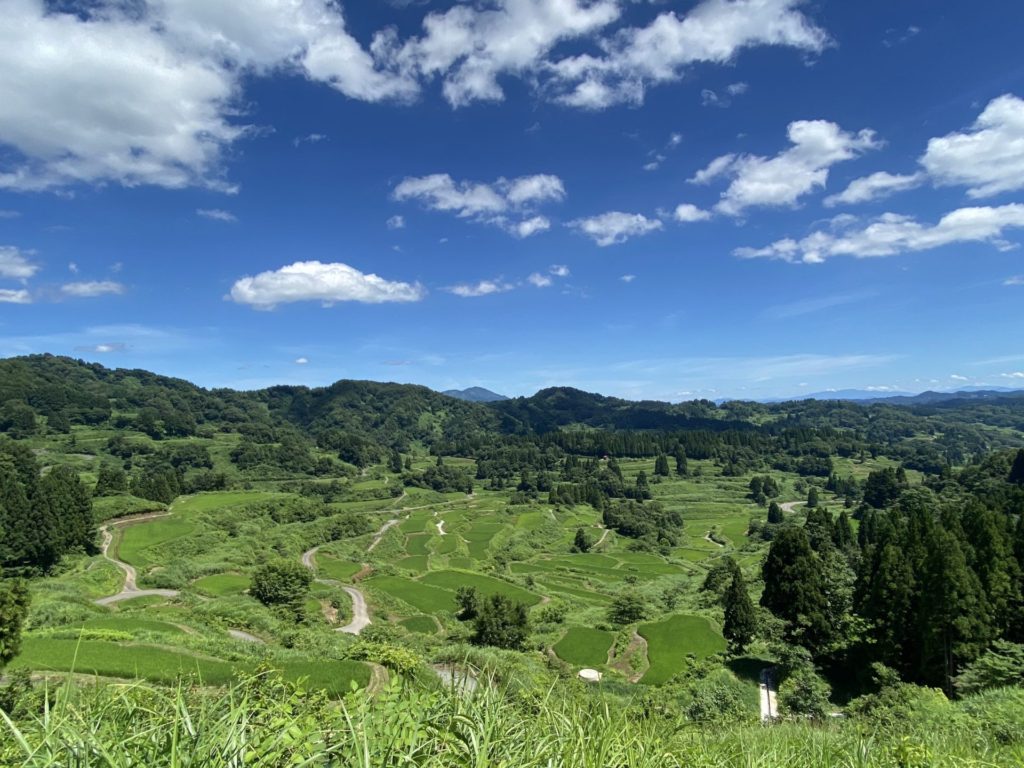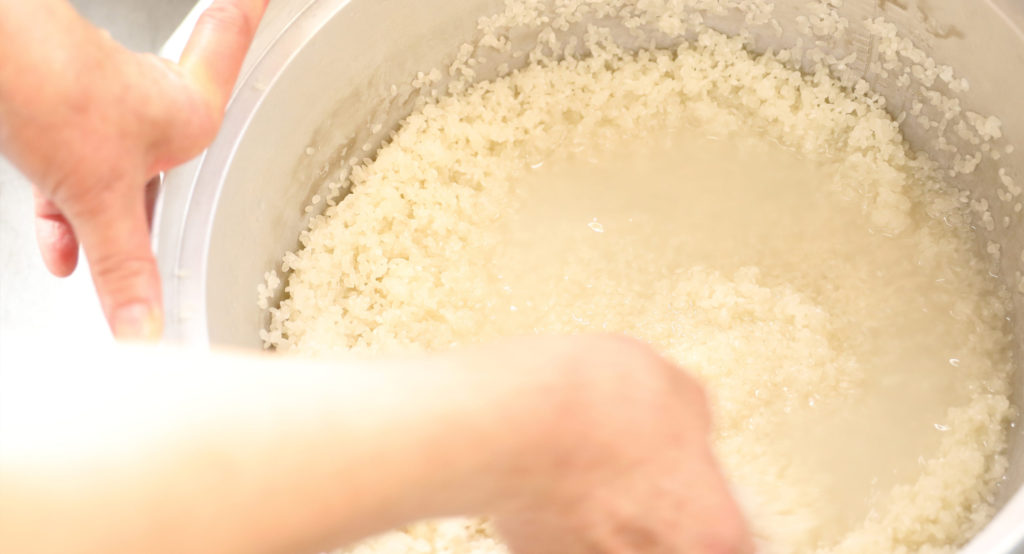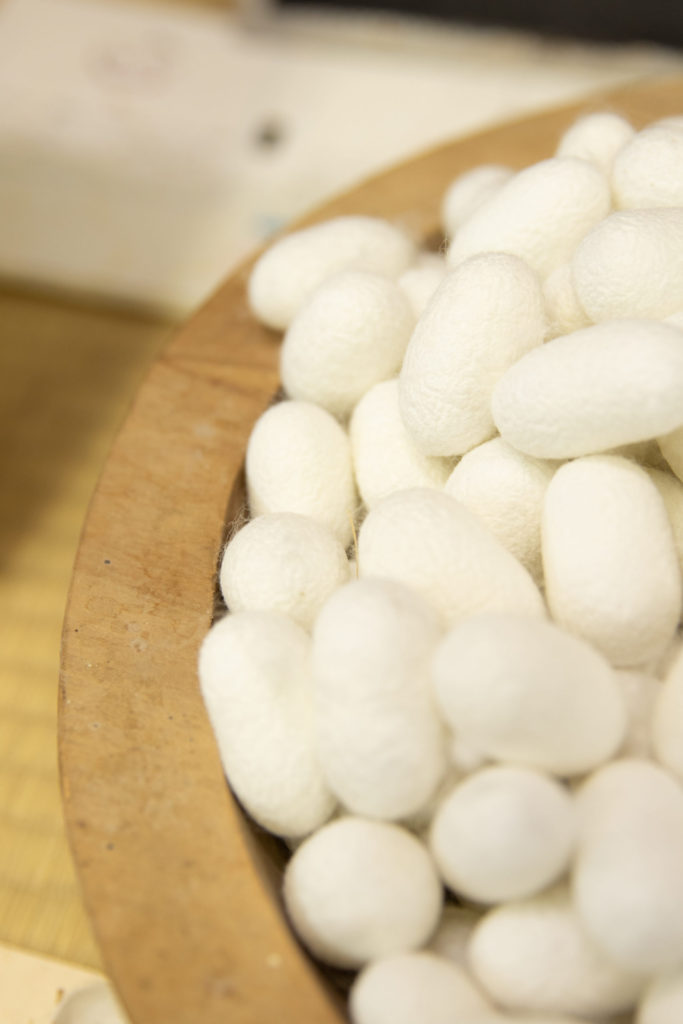In Japan's heavy snowfall areas, people live surrounded by snow for almost half a year. In spring, Sansai (Wild vegetable) appear from the mountains when the snow melts.
Japanese people feel and enjoy the arrival of the spring season by eating Sansai.
There are many kinds of wild vegetables that have been familiar to the Japanese people since ancient times.
What is Sansai?
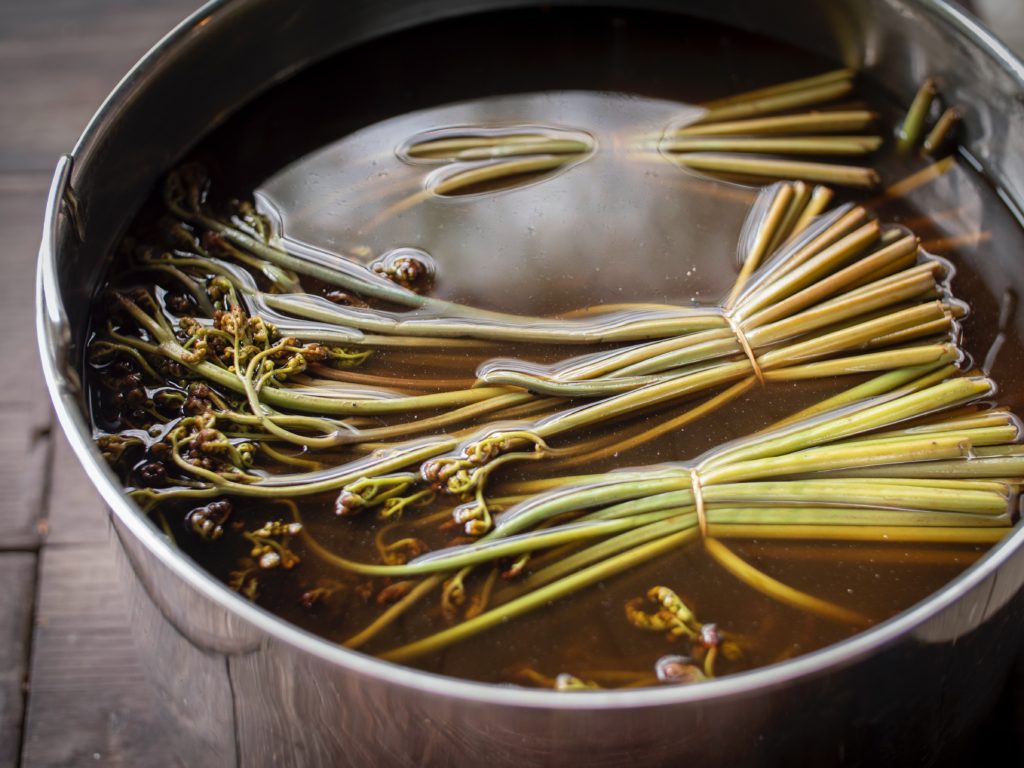
Among edible plants, vegetables grown by humans in fields are called "vegetables (Yasai / 野菜)" while those that grow wild in the natural environment are called "Sansai (山菜)".
Vegetables have been improved through repeated breeding, so they have a good taste and a stable yield, and are distributed regardless of the season.
On the other hand, Sansai have a limited season and a limited harvest, and are therefore enjoyed as seasonal foods. The bitter taste unique to wild plants has made them a characteristic food not found in vegetables, and they have been enjoyed by the Japanese people since ancient times.
Wild Vegetables Have Been Enjoyed for a Long Time
It is said that people ate wild vegetables more than 5,000 years ago (from Jomon period), as the seeds of Fatsia sprouts have been discovered in the Sannai-Maruyama Ruins (Aomori prefecture).
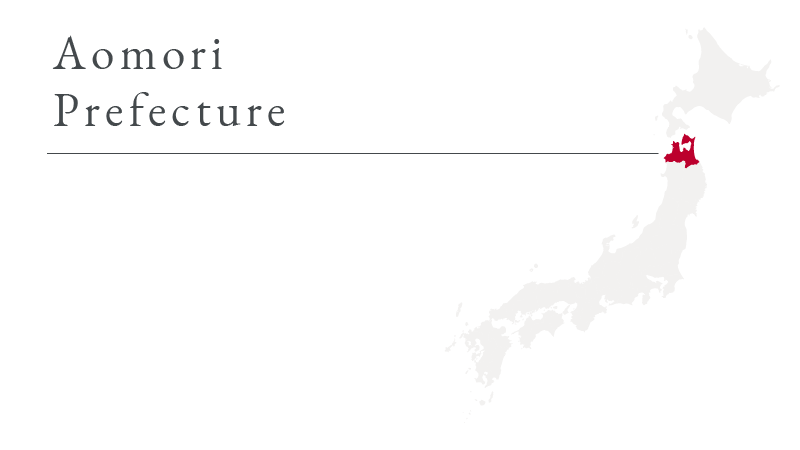
The oldest anthology of poetry in Japan, "the Manyoshu" (万葉集 : compiled between the late 7th and late 8th centuries), also shows that people in the Nara period(710-794) ate a variety of wild vegetables.
Yamabe Akahito, a poet of the Nara period (710-794), wrote a poem in "the Manyoshu" that says, "Tomorrow I will pick the young spring vegetables (Butterbur scape), but yesterday and today the snow has fallen and it is hard to pick the wild vegetables."

It is said that sansai also saved the Japanese people during times of famine and food shortages.
There are records that many people were able to survive hunger thanks to sansai when famines caused by bad weather and poor harvests of rice and vegetables in the Edo period (1603-1868), and even in the 20th century, during the wartime and post-war food shortages.
As the distribution of vegetables became more stable to supply after the rapid economic growth of Japan, vegetables became the main food on the table.
On the other hand, sansai are unique to mountain and farming villages, are safe and pesticide-free, and are enjoyed as a seasonal food source. They are also attracting attention for their value as nutritional and medicinal foods that help maintain and improve health.
Popular Sansai
There are many kinds of sansai, here are seven of the most popular ones.
Hukinoto (Butterbur scape)
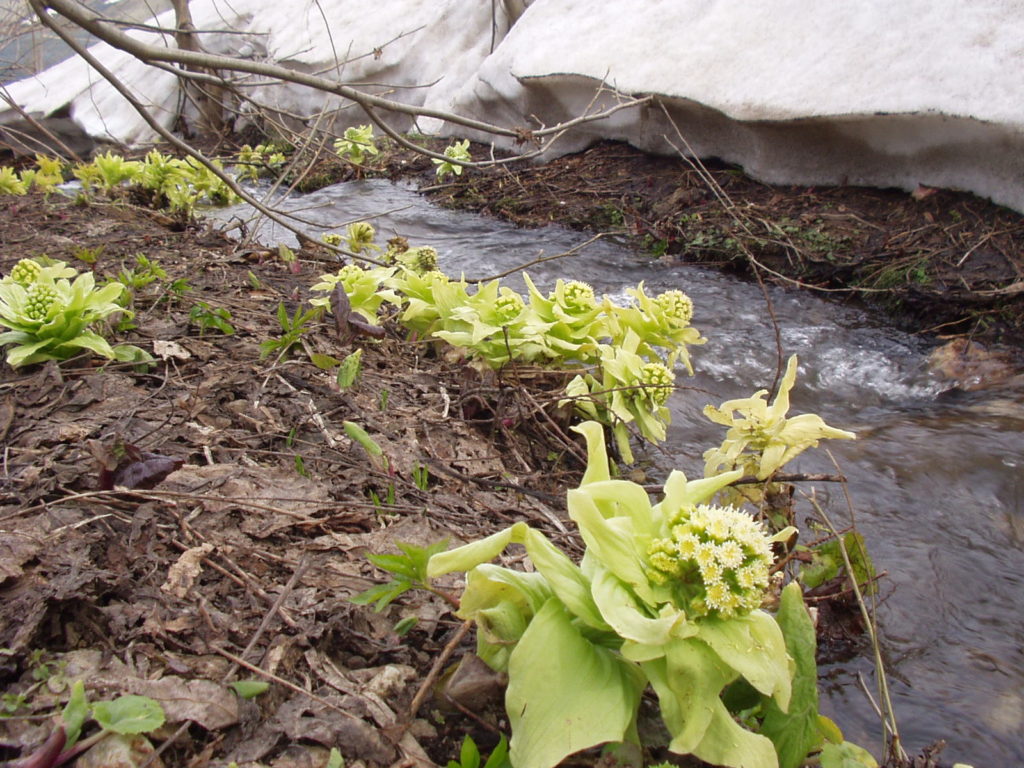
Fukinoto can be harvested from February to May (when the snow melts).
It is a popular Sansai with a unique bitter flavor. They can be found everywhere along roads and riverbeds.
Warabi (Bracken)
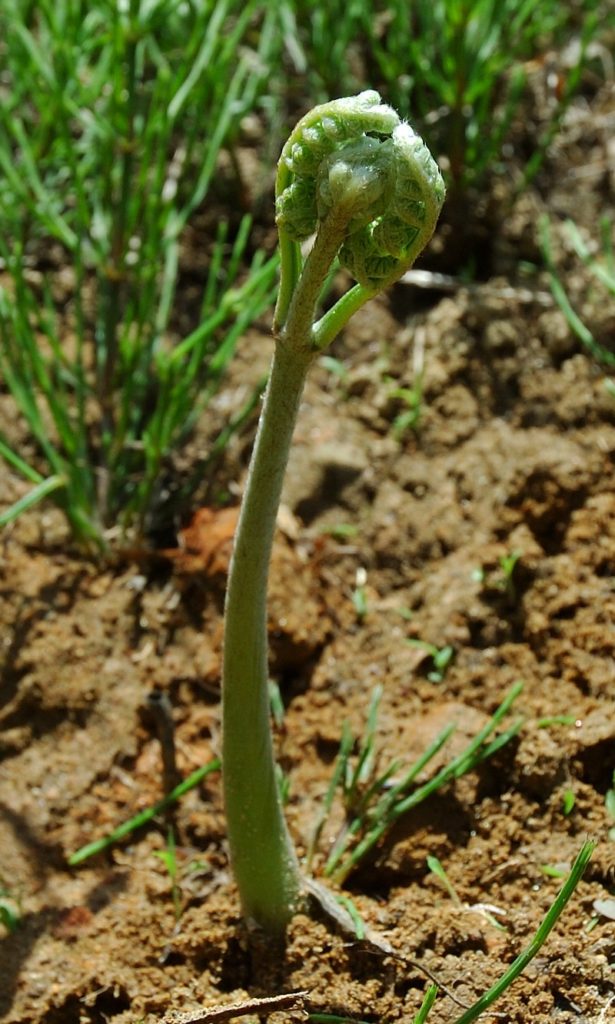
Warabi can be harvested in April and May.
Warabi is one of the Sansai that most contains lye (Source of bitterness), and if people eat without removing the scum, it can cause food poisoning.
Zenmai (Osmunda japonica)
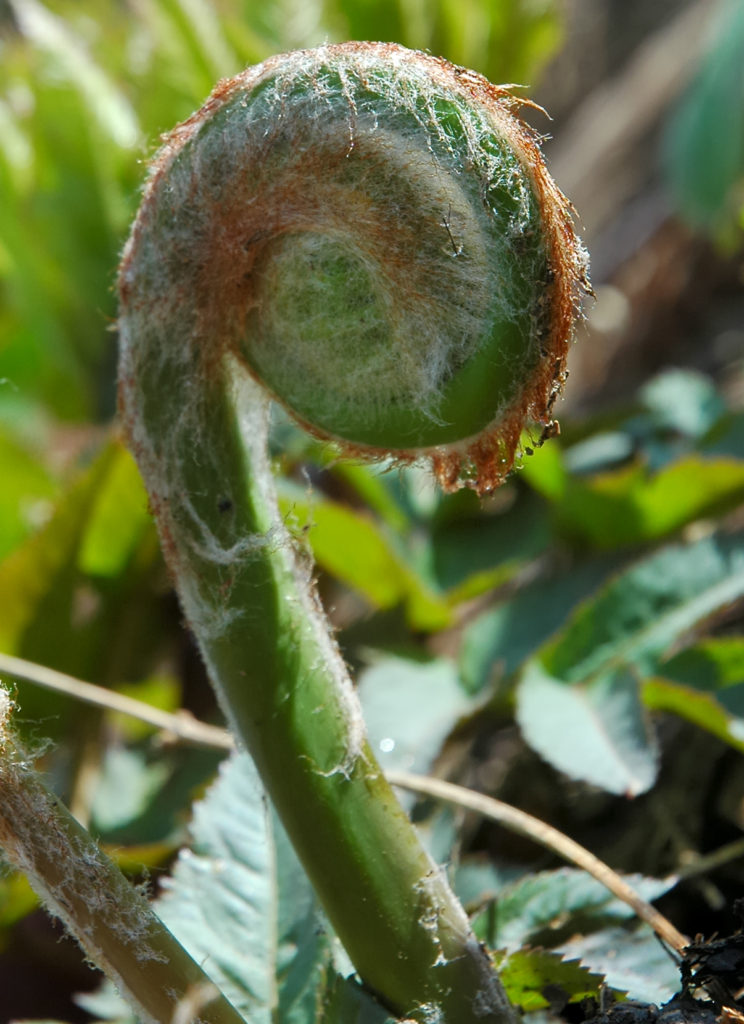
Zenmai can be harvested from March to June.
It is known as a sansai that requires a lot of work to remove the scum and prepare to eat. Because of the difficulty of harvesting and the time and effort required for processing, domestically produced zenmai is often considered a luxury item.
Kogomi (Ostrich fern)
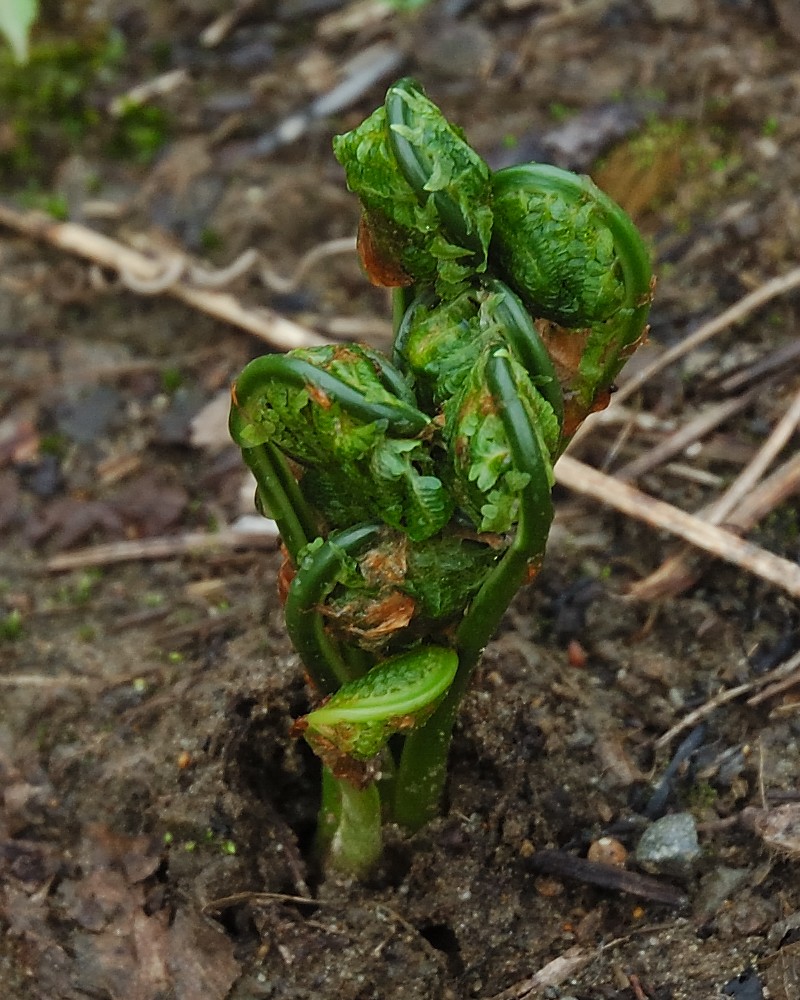
Kogomi can be harvested from May to early June.
Kogomi is popular because it has little lye and can be eaten as salad or boiled seasoned vegetables (Ohitashi) with minimal preparation.
Udo (Aralia cordata)

Udo can be harvested in April to early May.
Timing is important because udo is not edible when it grows too big.
Taranome (Fatsia sprouts)
-768x1024.jpeg)
Taranome can be harvested until March to early April (or until June in mountainous areas).
Taranome is also known as "the king of wild vegetables" and is a popular wild vegetable that many people try to harvest during the sansai season in Japan.
Koshiabura (Eleutherococcus sciadophylloides)
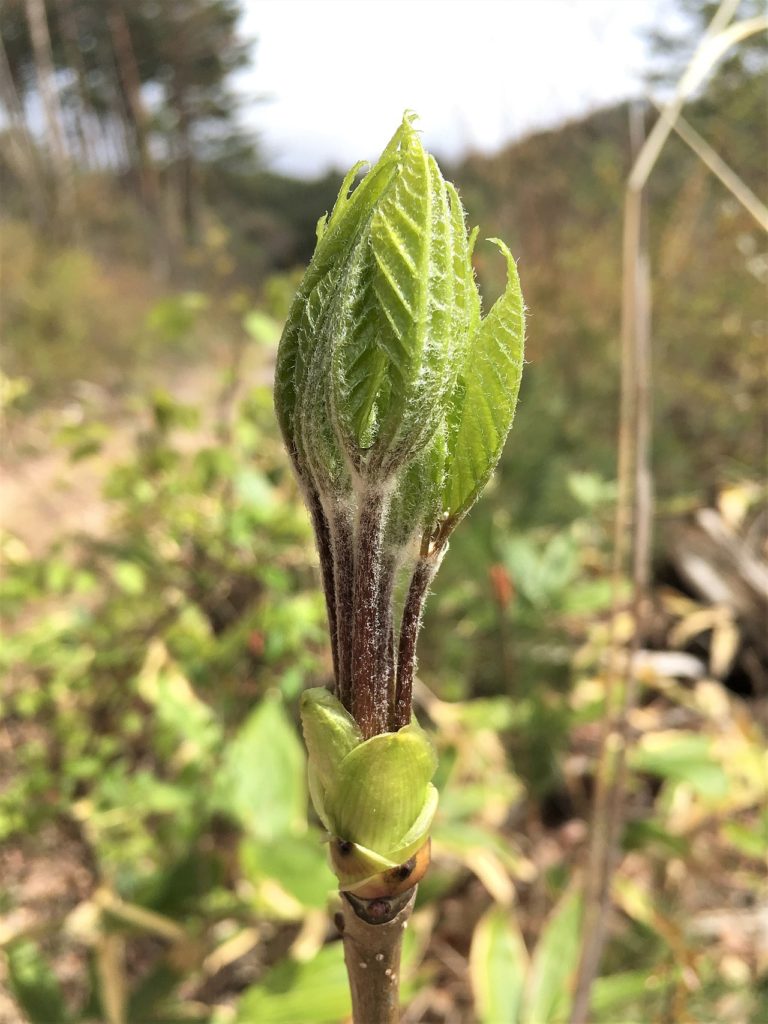
Koshiabura can be harvested in April and May.
Koshiabura is often eaten as tempura or chopped vegetables (Aemono).
Reference: 山菜のすすめ 林野庁経営課 特用林産対策室 人気の山菜10選!山菜の種類・特徴・おいしい食べ方マニュアル The History of 山菜 【全34種類】山菜の種類一覧|春・夏・秋・冬の美味しい山菜まとめ

